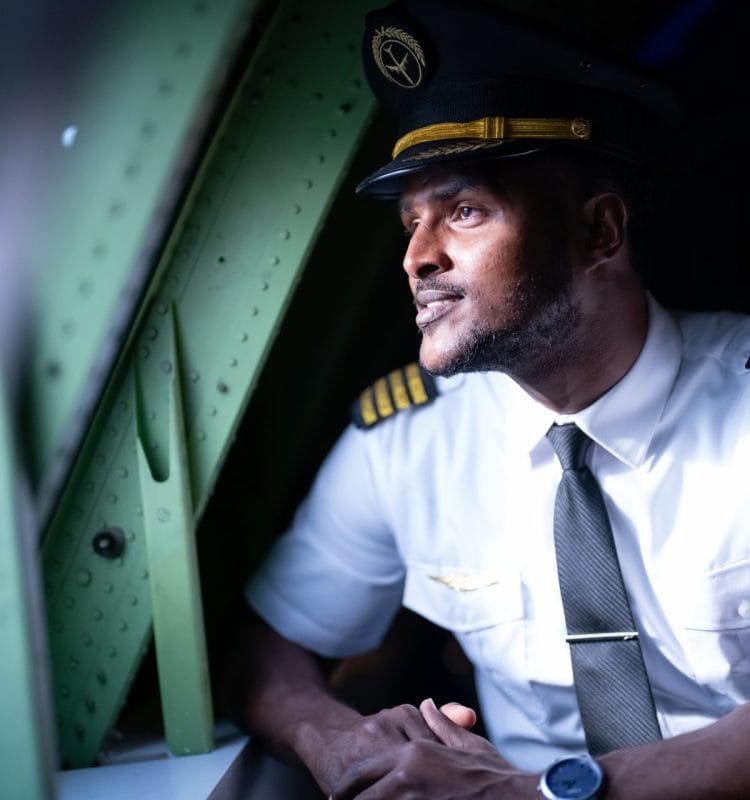EN


In an ever-evolving industry that relies on precision and safety above all else, Smart Eye is soaring to new heights with its groundbreaking eye tracking technology. The aviation sector has become increasingly reliant on advanced tools and techniques to enhance flight safety and pilot performance, and Smart Eye’s state-of-the-art solutions are playing a pivotal role in driving these advancements. In this article, we will delve into the innovative eye tracking solutions offered by Smart Eye and explore how they are reshaping the aviation industry.
Smart Eye stands at the forefront of aviation technology with its world-class remote eye-tracking systems designed to empower aviation researchers, pilots, and operators. These advanced systems provide unparalleled insights into human behavior, setting a new standard for safety in the industry.
One of the primary applications of Smart Eye’s technology is pilot training eye tracking. It assists in refining the scanning techniques of budding aviators, ensuring they are equipped with the skills required for successful careers. Beyond the training stage, Smart Eye’s eye-tracking technology extends to the cockpit, where it plays a crucial role in improving flight safety by keeping pilots alert and attentive while monitoring instruments. Notably, even NASA has embraced Smart Eye’s technology, installing it in their Flight Deck Simulators and Research Flight Decks to monitor pilot states and behaviors, underlining its significance within the aviation community.
As aviation and aerospace become increasingly automated, the interaction between humans and machines has never been more important. Smart Eye’s eye trackers are at the forefront of human factors research, enabling a smoother and safer journey through the skies. Researchers rely on the high-precision data provided by Smart Eye’s technology to analyze human factors such as spatial disorientation and performance accurately and without risks.
Complex terms such as 3D tracking, remote tracking, and multi-camera systems can be intimidating to approach. To make these terms and the process of working with eye trackers more accessible to professionals in the aviation field, Smart Eye recently offered a webinar to dive deep and answer questions. Leveraging over two decades of industry experience, the webinar serves as a guide to the unique features of remote 3D multi-camera eye tracking. It’s an essential resource for those keen to enhance their understanding of this critical technology.
A significant portion of aviation accidents can be attributed to inadequate scanning of vital cockpit parameters. Smart Eye’s eye tracking technology, with its ability to analyze gaze movements, head poses, pupillometry, and eyelid movements, plays a central role in pilot monitoring systems. It detects distractions and drowsiness, making it a crucial component in improving flight safety across all types of aircraft.
In aviation, highly skilled pilots are the linchpin of safe air travel. Smart Eye’s technology is instrumental in refining the scanning techniques of aspiring pilots. Real-time data collected by eye trackers helps identify their strengths and weaknesses, ultimately enhancing their performance and safety.
Smart Eye’s advanced eye tracking solutions are revolutionizing aviation by setting new safety standards, improving human-machine interaction, and facilitating vital human factors research. As the aviation industry charts its course into the future, Smart Eye’s innovative technologies are leading the way, propelling us to new heights in terms of safety and performance. These solutions offer not only a glimpse into the future of aviation but a path to a safer and more efficient industry as a whole.
Interested in eye tracking for pilot training? Download our Comprehensive Guide to Eye Tracking Technology for the Aviation Industry here, or contact us today to schedule a demo!
